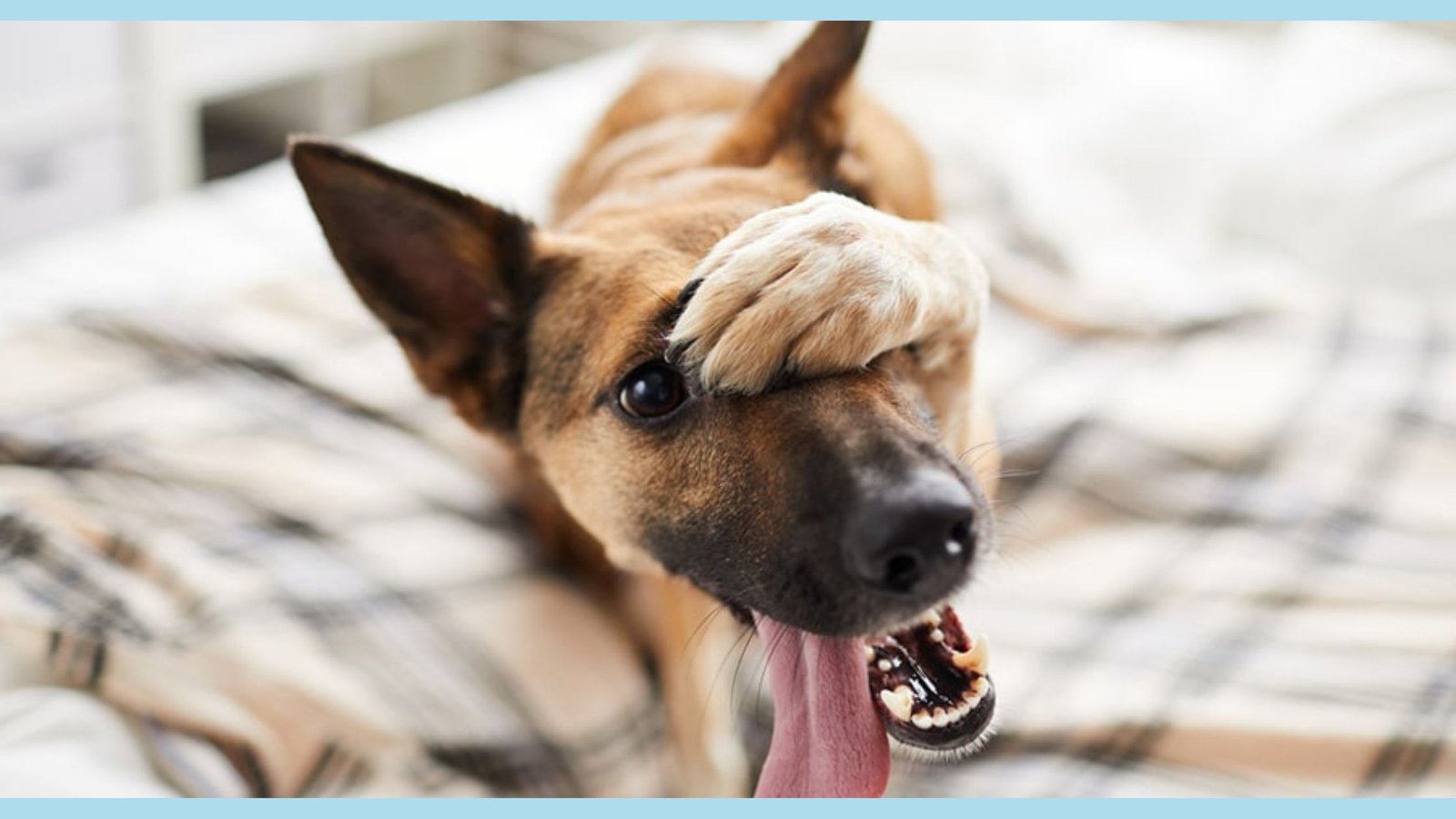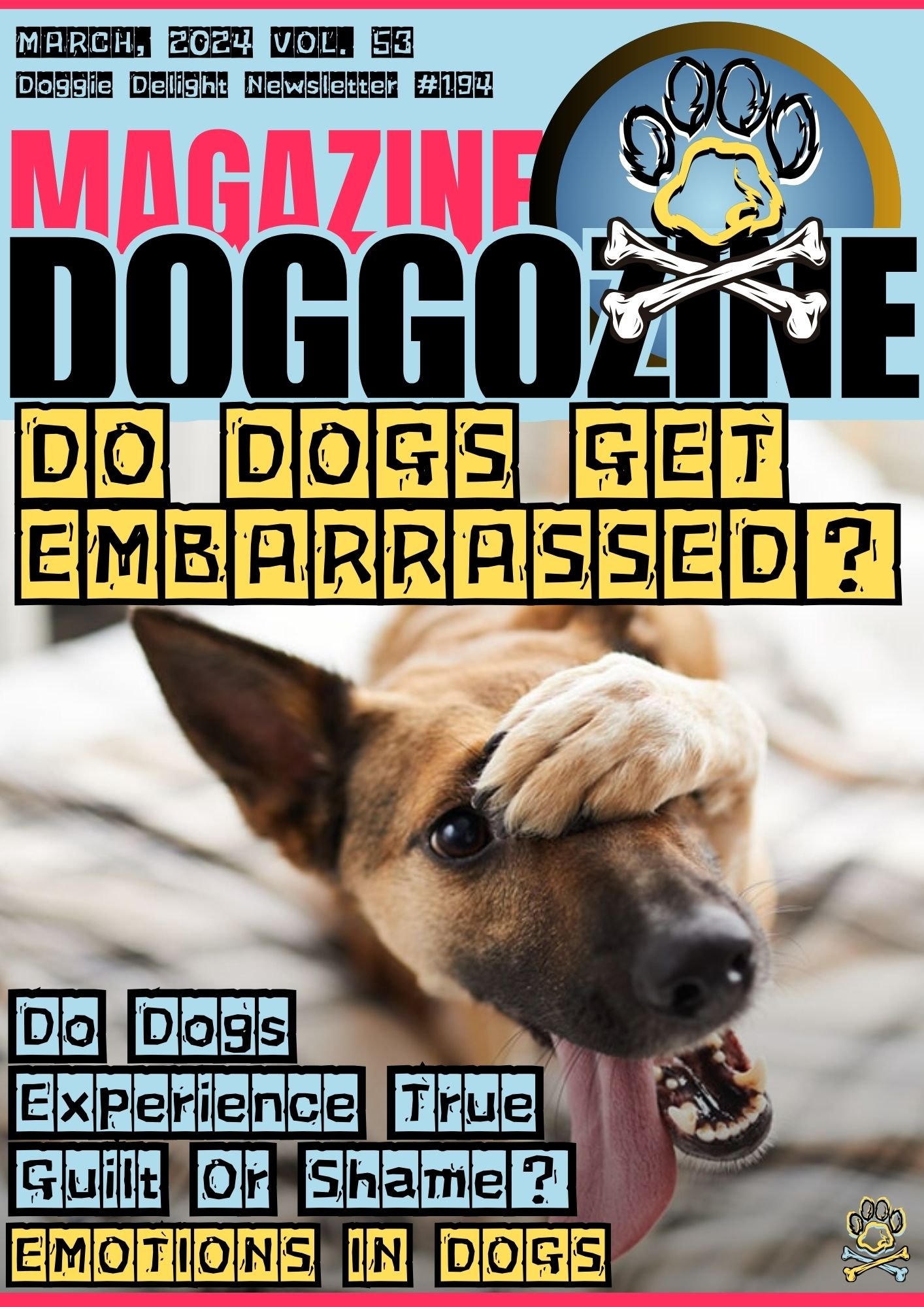
CAN DOGS FEEL EMBARRASSMENT AND DO THEY GET EMBARRASSED?
One thing that is important to note that dogs do not experience emotions in the same way people do. While they may exhibit behaviors that resemble embarrassment,it is not a true reflection of their emotional state. Dogs do not possess the cognitive ability to feel self-conscious or have a sense of pride or shame. In this article we will explore in depth, do dogs get embarrassed?
Avoiding Eye Contact Dogs
The guilty look that dogs give when they have done something wrong is actually a response to their owner’s behavior. Dogs are highly attuned to their owner’s emotions and body language, and they can pick up on cues that indicate disapproval or anger. When a dog senses that their owner is upset, they may display submissive behaviors such as avoiding eye contact, cowering, or lowering their tail.
This is not a sign of embarrassment, but rather an attempt to appease their owner and avoid any potential conflict. Furthermore, dogs do not have the same social constructs and societal expectations that humans do. They do not have a concept of what is considered embarrassing or shameful. Dogs live in the present moment and their behaviors are driven by instinct and learned experiences.
They do not have the capacity to reflect on past actions or worry about how they are perceived by others. So while dogs may appear to be embarrassed in certain situations, it is important to remember that this is simply a human interpretation of their behavior. Dogs are incredibly perceptive and responsive to their environment, but their actions are rooted in instinct rather than complex emotional states.
Dogs can act in ways that seem like embarrassment. But they may not really feel that way. Our human tendency makes us think their actions mean embarrassment. Dogs do not feel embarrassed.
Do Dogs Get Embarrassed or Experience True Guilt Or Shame?
The “guilty” look is common in dogs. But it does not mean they feel real shame or embarrassment. Their behavior has other reasons behind it. Dogs are great at reading human feelings. They notice our facial expressions, tone, and body language. When owners seem upset over a mess, dogs act submissive. They lower their heads and avoid eye contact. But this does not mean they feel guilty.
Dogs want to please their humans. If they sense they did something wrong, submissive behavior helps avoid conflict. Their instinct is to act this way, not feel guilt. Research shows dogs can link past actions to consequences. If scolded before for chewing shoes, the “guilty” look avoids punishment. This behavior comes from remembering past events, not true guilt.
Dogs sometimes look guilty when their owners come home to a mess. However, this “guilty look” does not necessarily mean they feel regret or shame. Dogs are intelligent animals, but they act mostly on instinct or learned behaviors. They may have learned that acting a certain way gets them out of trouble.
Dogs Respond to Owners, Not Rules
Dogs do not truly understand right from wrong like humans do. They live in the moment and react to their surroundings. When a dog gives the “guilty look,” it’s likely responding to its owner’s body language and tone, not feeling guilt. Stern looks or voices may prompt the dog to act submissive to avoid being scolded.
A dog’s guilty look is more about sensing anger or disapproval than about morals. Dogs aim to please their owners and prevent punishment. This instinct drives the guilty look more than an actual sense of ethics. So while human-like guilt may seem to motivate the guilty look, dogs are simply trying to read their owners’ moods. Dogs act submissive when owners seem upset, regardless of whether the dogs misbehaved or understood any rules.
The look comes from learned responses to keep owners happy, not true guilt. Dogs act in certain ways that seem to show embarrassment. But these actions may not mean what we think. Studies found dogs often show a “guilty look” when owners scold them. This happens even if the dog did nothing wrong. So the “guilty look” is likely a response to the owner’s feelings, not the dog’s feelings.
How Dogs Communicate when we think they are embarrassed?
Other behaviors like cowering, tucking tail, or avoiding eye contact also don’t show embarrassment. Dogs use submissive behaviors to show they feel threatened or anxious. These behaviors come from their history of living in packs. Dogs act submissive to individuals viewed as more dominant.
Dogs don’t feel embarrassment like humans. But owners should train and discipline with patience. Punishing dogs for normal behaviors or reactions to owners can cause fear and anxiety. This can negatively impact a dog’s well-being.
In summary, dogs displaying “guilty” behaviors likely don’t understand right from wrong. The behaviors are more reactions to owners’ body language and tone. As owners, we must approach training with empathy. Creating a positive environment is crucial for our furry friends.
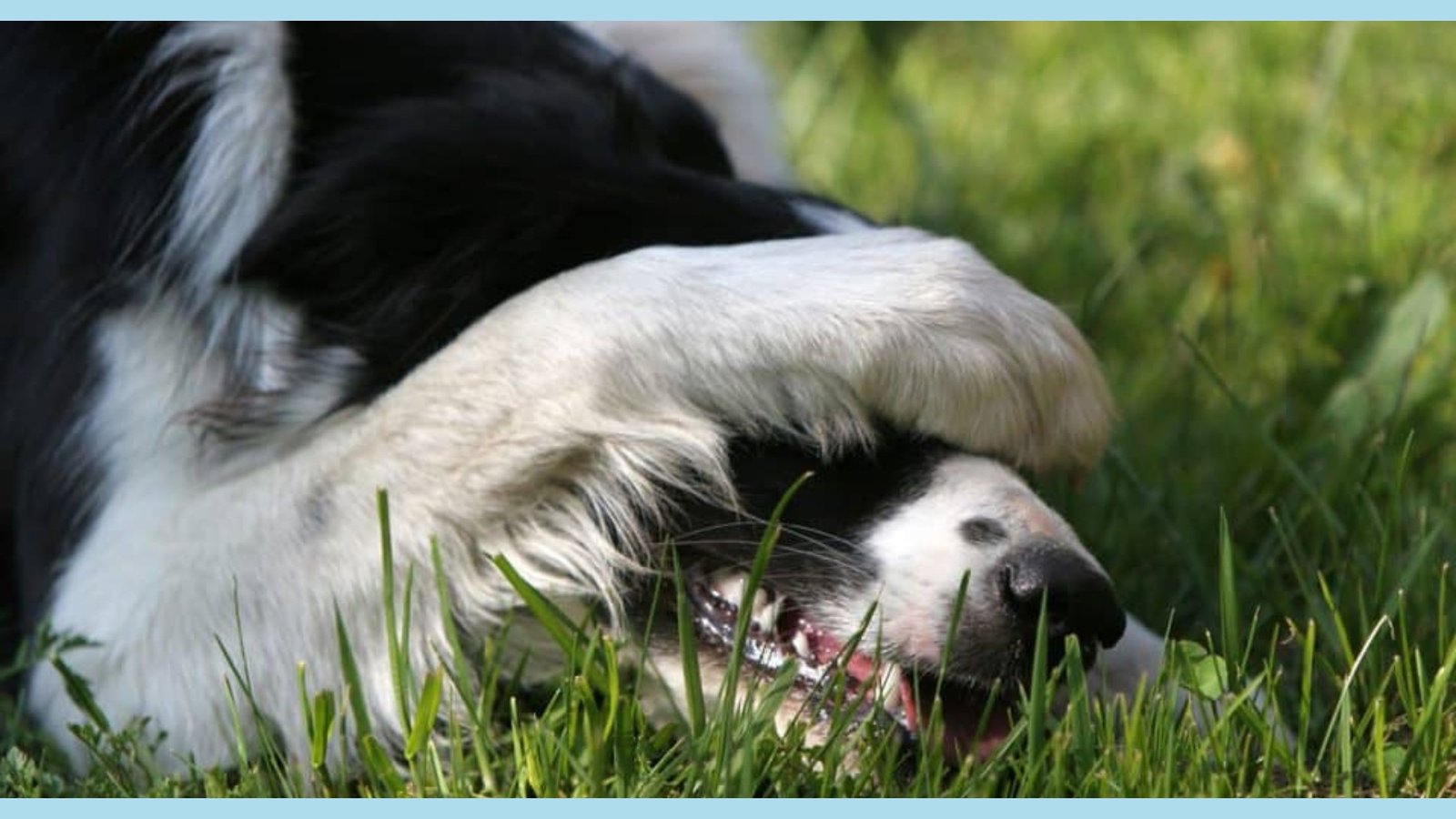
MAYBE THEY DON’T GET EMBARRASSED BUT DOGS STILL GOT EMOTIONS
Dogs experience feelings, but differently from humans. They feel happiness, fear, anger, and love. However, the intensity and complexity of their emotions may vary from ours.
Dogs Can Feel joy and fear
Studies show dogs can feel basic emotions like joy and fear. They can also feel complex ones like jealousy and empathy. But experts debate if dogs do get embarrassed or ashamed. Some believe dogs do get embarrassed! One big reason dogs can feel emotions is their ability to bond strongly with humans and animals.
Dogs are loyal and loving toward their owners. This shows their love and attachment. When separated from owners or experiencing loss, dogs can seem sad and grieving. Dogs are also highly sensitive to their surroundings. They can sense the emotions of others around them. Dogs are known to be empathetic, comforting and supporting owners who feel down or stressed.
This ability to sense and respond to human emotions is why dogs are often therapy animals. Dogs can feel afraid and worried. Loud sounds, new places, or certain things may make them scared. Dogs can also feel anxious when left alone for a long time. This separation anxiety makes them bark a lot, chew on things, or go potty inside.
Dog Anger
Another feeling dogs have is anger. Specific situations make dogs act aggressive. They may act angry when threatened or their space is invaded. Dog owners must watch for signs of aggression. They need to address any issues for the dog’s and people’s safety.
It’s a fact that dogs don’t feel emotions exactly like humans. But dogs can feel a range of emotions like happiness, love, fear, and anger. These emotions impact their behavior and well-being. Understanding dogs’ emotions helps us care for them properly. When dogs seem embarrassed, first check if something else is happening.

ANTHROPOMORPHISM AND PROJECTION
One reason we may think dogs feel embarrassed is anthropomorphism. Anthropomorphism is when we give human traits, feelings, and motives to non-humans.
Dogs Natural Instinct
Sometimes, we think our dogs feel the same emotions we do. However, dogs experience emotions differently from humans. They behave based on natural instincts, not complex feelings like embarrassment. It’s important to understand a dog’s behavior from their own perspective.
For instance, if a dog lowers its head after knocking something over, it’s not embarrassment. The dog knows it made a mistake and is trying to avoid conflict by acting submissive. This behavior comes from living in social groups.
They need to maintain harmony and avoid fights. So the head lowering shows the dog recognizes the mistake, not embarrassment. This helps explain why dogs don’t really get embarrassed like humans do.
Observe Your Dogs
Dogs can feel basic emotions like joy, fear, and anger. But they don’t have the same range of complex emotions that humans do. Dogs cannot truly feel embarrassed or guilty like we understand those feelings. Observing dogs’ natural behaviors helps us interpret their actions properly. Rather than seeing human emotions, we need to look at their instincts and social nature.
It’s crucial to observe a dog’s body language, sounds, and situation to comprehend their emotions, rather than assigning human emotions to them. Recognizing and respecting a dog’s unique emotional experiences fosters a stronger bond and better care. Dogs do communicate in various ways, sometimes appearing embarrassed when they’re not.
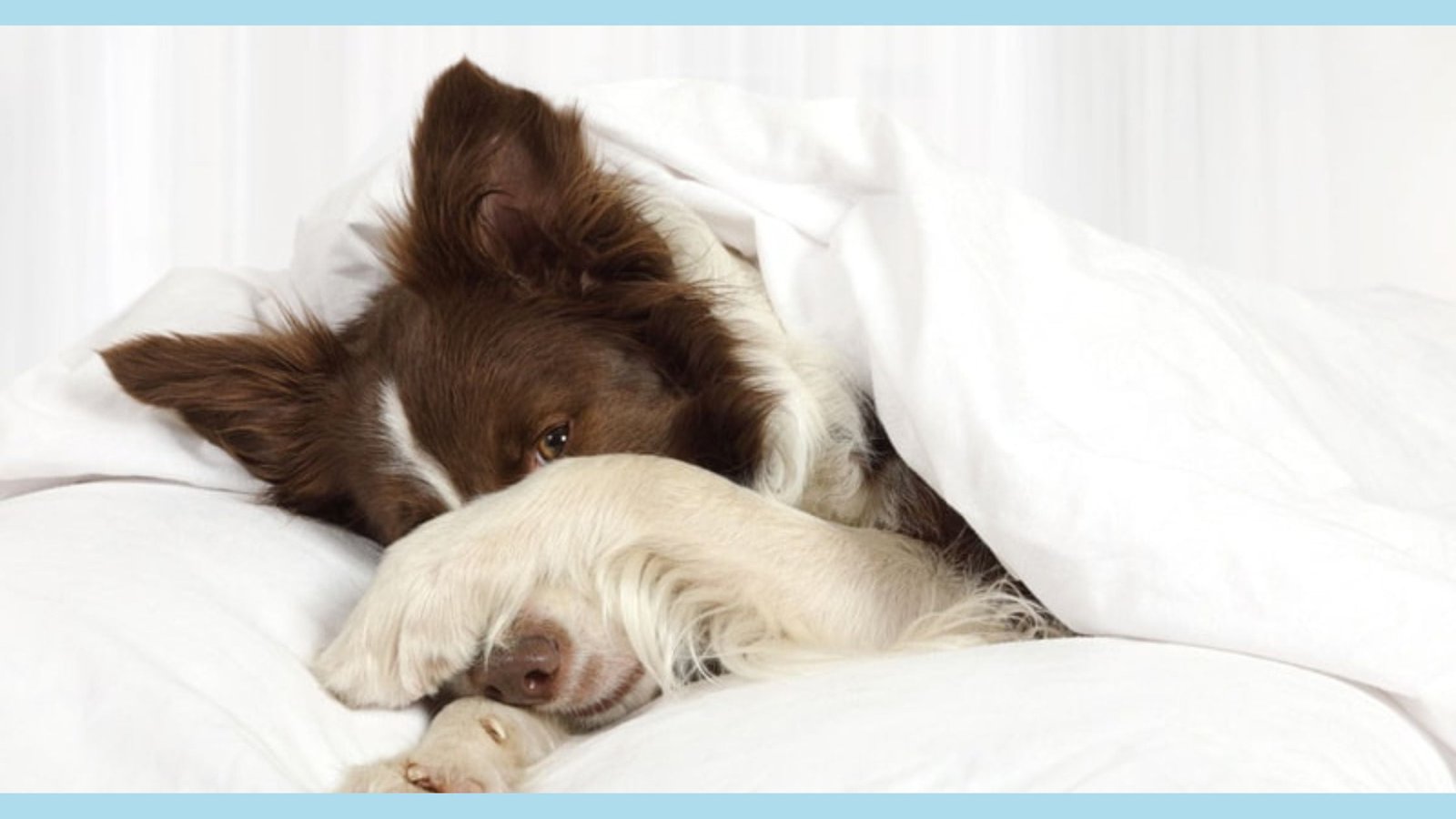
ALTERNATIVE EXPLANATIONS IF DOGS DO NOT FEEL EMBARRASSED
Some experts believe the “guilty look” dogs display isn’t embarrassment or shame, but a response to an owner’s body language and tone. When dogs see an angry or disappointed owner, they may act submissive to appease and avoid conflict, not from genuine embarrassment.
Guilty Look In Dogs Don’t Mean that they are embarrassed
Another explanation is that the “guilty look” is a learned behavior. Dogs quickly learn to associate cues or situations with negative consequences. If scolded or punished for past behavior, they may show the “guilty look” to avoid punishment, although not all dogs display this clearly. Some show lowered head, tucked tail, or avoiding eye contact.
On the other hand, some dogs may not show any visible signs of guilt at all. Furthermore, the guilty look may not always be an accurate indicator of a dog’s behavior. Dogs are highly sensitive to their owner’s emotions and may display the guilty look even when they are not responsible for any wrongdoing.
For example, a dog may exhibit the guilty look if they sense their owner’s frustration or anger, even if the dog has not done anything wrong. Maybe this could look that dogs got embarrassed but that is not true, even they could feel many things. Overall, while the guilty look in dogs may be interpreted as a sign of embarrassment or shame, there are alternative explanations to consider.
Whether it is a response to the owner’s cues or a learned behavior, it is important for dog owners to understand that the guilty look should not be the sole basis for determining a dog’s behavior or intentions. Instead, it is crucial to consider other factors such as the dog’s body language, past experiences, and overall behavior to gain a more accurate understanding of their actions.
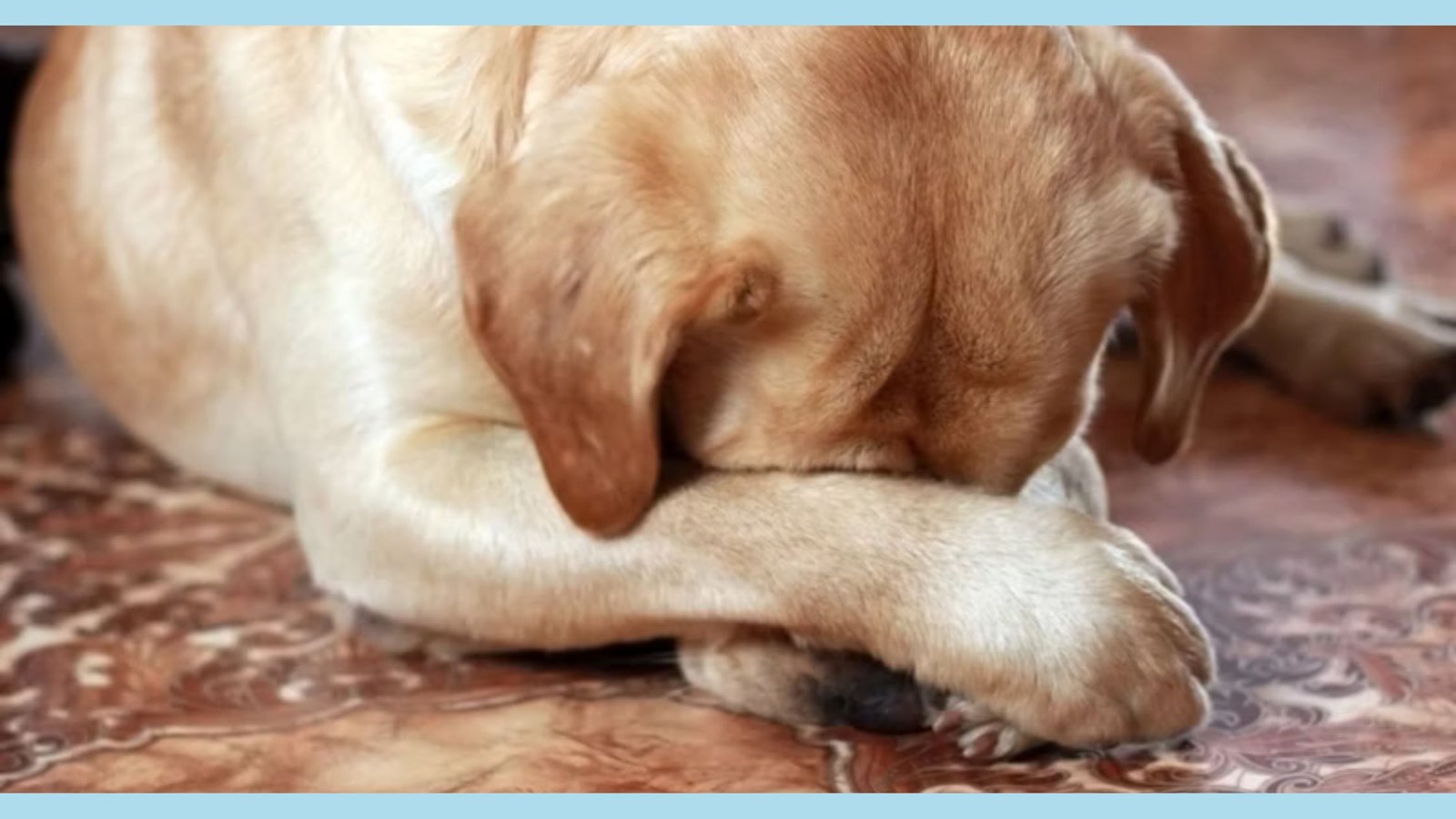
UNDERSTANDING DOG BEHAVIOR: CAN DOGS GET EMBARRASSED?
When a dog exhibits behaviors that resemble embarrassment, it is important to consider the context in which these behaviors occur. For example, if your dog knocks over a vase and then cowers in a corner, it may not be because they feel embarrassed about their actions, but rather because they are anticipating a negative reaction from you. Dogs are incredibly attuned to their owners’ emotions, and they may be displaying submissive behaviors as a way to appease you and avoid any potential punishment.
If dogs acts embarrassed it may mean they feel stressed, anxious or afraid
Dogs avoid conflict and keep peace. If they think their actions caused problems or drew negative attention, they may act like they’re embarrassed. They may avoid eye contact, slink away, or hide. But these behaviors show their desire to restore balance and avoid trouble or scolding.
Dogs don’t have self-awareness like humans. Embarrassment is complex and requires understanding how your actions appear to others. While dogs learn from past experiences, they can’t feel embarrassed the same way humans do. Yet, they still experience emotions in their own way.
Even so, be sensitive to your dog’s feelings. Provide a safe, supportive home. If your dogs do acts “embarrassed,” it may mean they feel stressed, anxious, or afraid. Work with an expert to help your dog feel secure and confident. Address the root emotions behind those behaviors. Dogs pick up on our emotions and cues. By understanding their underlying feelings, we can make them more comfortable in their environment.
In summary, dogs’ “embarrassed” behaviors likely stem from fear or anxiety, not true embarrassment. Dogs are perceptive. They know when their actions cause issues. But they don’t grasp embarrassment’s complexity. Their behaviors aim to restore harmony and avoid trouble. With care and training, we can ensure our dogs feel safe and at ease.

FEAR AND WORRY IN DOGS: UNDERSTAND THEIR MIND
Fear and worry are common feelings for dogs. Many things can cause these feelings, like new places, loud sounds, and bad experiences in the past. When dogs feel afraid or worried, they may hide, shake, breathe fast, and avoid looking at you. These behaviors may seem like embarrassment in humans. For example, if a dog has an accident inside, they may act shy or avoid looking at you. But these behaviors don’t mean they’re truly embarrassed – it’s just their way of showing fear or worry.
What Makes Dogs Afraid or Worried
Fear and worry can greatly affect a dog’s well-being. When dogs feel this way, they may have a fast heartbeat, quick breathing, and tense muscles. They may also feel overwhelmed, stressed, and unable to relax. It’s important for owners to recognize these signs and help their dogs feel safe and calm.
This could mean providing a predictable environment, using positive training methods, and seeking professional help if needed.Loud noises like thunderstorms or fireworks often make dogs afraid or worried. Many dogs are sensitive to these sounds and may become extremely fearful when they happen.
In these cases, create a safe space for your dog, like a quiet room or a covered crate to block out noise. Dogs can also become stressed by new situations. Dogs like routines, so new environments or experiences can worry them. That’s why it’s important to work with your dog regularly, even if they don’t feel embarrassed – they still experience many emotions.
Helping Dogs Overcome Their Fears
To make your dog feel calm in different situations, introduce them slowly. Give rewards like treats or praise when they stay relaxed. This could mean taking your dog to new places for short visits. Reward them for being calm. Dogs can develop fears if they had bad experiences in the past. If a dog was mistreated or went through something scary, they may get very afraid in similar situations.
For this, work with a professional dog trainer. They can help your dog feel better about those situations. Understanding what makes dogs afraid can help owners take steps to make their pets feel safe. Creating a calm home, using positive training, or getting expert help are ways to support dogs. Dogs can have many feelings, even if they don’t feel embarrassed. Their emotions show through body language and behaviors.
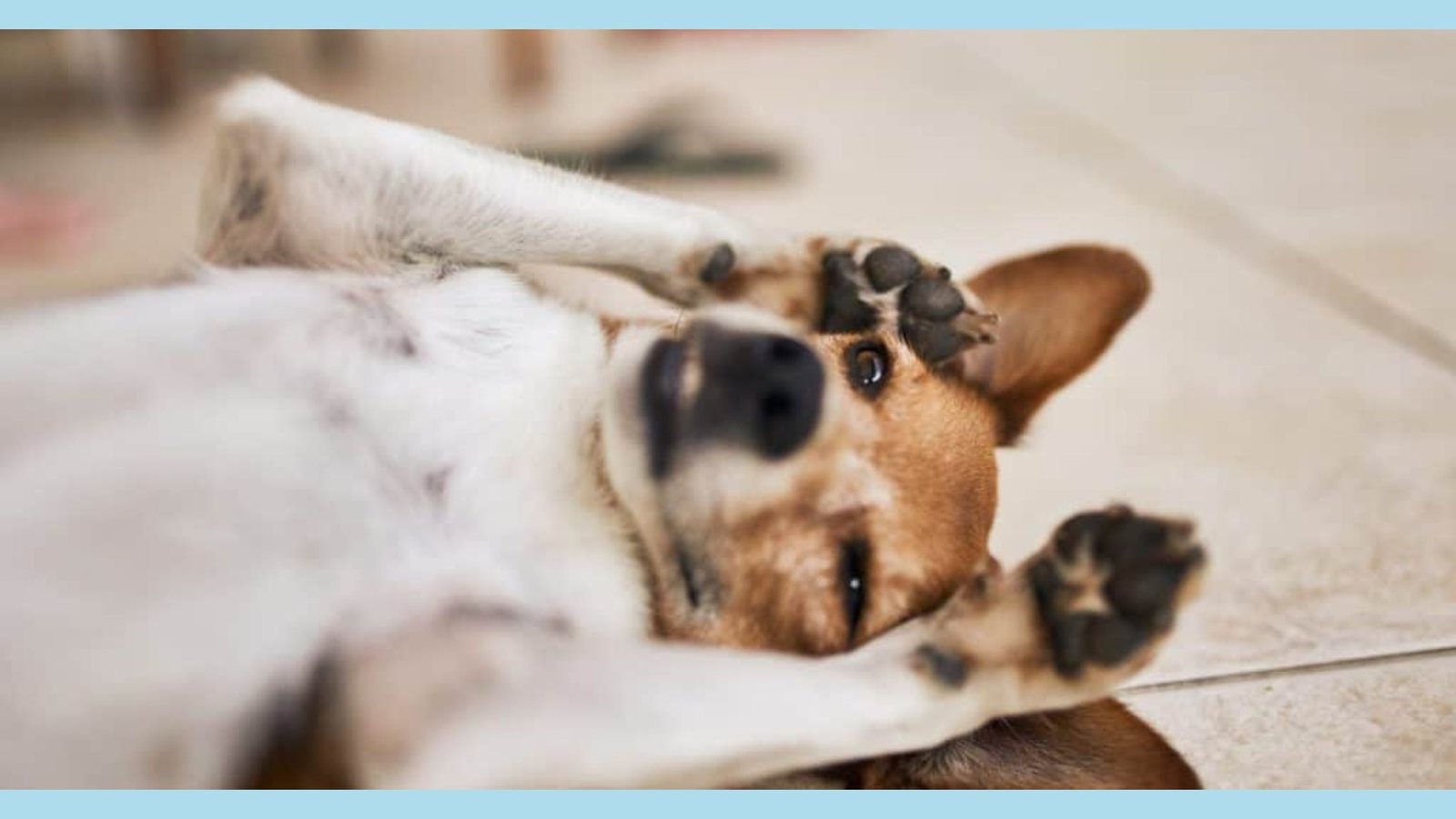
DOG BODY LANGUAGE: SIGNS OF FEAR AND ANXIETY
Learning your dog’s body language helps you tell if they are really afraid or anxious.
These behaviors aren’t embarrassment.
Here are common signs that dogs are afraid or anxious:
- Cowering or hiding: Afraid dogs may hide or try to make themselves smaller.
- Dogs often pant quickly when feeling uneasy or anxious.
- Their bodies may shake or tremble due to fear.
- Avoiding eye contact shows submission or anxiety.
- Frequent licking or yawning indicates stress in dogs.
- Whining, whimpering voices express discomfort.
- Restless pacing shows an inability to settle down, signaling anxiety.
- Excessive shedding results in clumps of hair around the house due to stress.
- When threatened or anxious, dogs freeze or stiffen their bodies.
- Drooling excessively occurs when dogs feel stressed.
However, each dog is unique. Their experiences and personalities influence how they respond to situations. Some dogs are prone to exhibiting embarrassed behaviors, while others show different fear or anxiety signs.
How To Help Your Dog Feel Safe And Secure
Dogs sometimes act in ways that seem that are embarrassed, but it’s important to make them feel safe and secure.
Here are some tips to help your dog feel comfortable:
- Use positive reinforcement by giving treats and praise when they behave well. This builds confidence and makes good situations feel rewarding. For example, if your dog is scared of thunder, give treats when they stay calm during a storm. This teaches storms are not scary.
- Make a cozy space for your dog to retreat to when anxious or overwhelmed. A crate, quiet room, or comfy bed filled with familiar toys and blankets gives them a secure, relaxing spot.
- Dogs thrive on routine and predictability. Having a consistent schedule for feeding, walks, exercise, and playtime reduces stress. When dogs know what to expect, they feel secure in their environment. While dogs don’t experience embarrassment like humans, they still have feelings we should respect!
Avoid punishment in your dog training
Punishment can increase fear and anxiety in dogs. Instead of scolding or punishing your dog for unwanted behaviors, focus on positive reinforcement and redirecting their attention to more appropriate activities. For example, if your dog is chewing on furniture, provide them with a chew toy or bone to redirect their chewing behavior.
This will help them understand what is acceptable to chew on and what is not, without causing them fear or distress. Maybe sometimes could seem that dogs do get embarrassed, but it’s important to learn to read their true emotion.
Seek guidance from a professional dog trainer or a veterinarian who specializes in behavior
If your dog’s fear or anxiety is significantly impacting their quality of life, consider seeking guidance from a professional dog trainer or a veterinarian who specializes in behavior. They can provide you with specific strategies and techniques to help your dog overcome their fears and feel more secure.
They may also recommend additional resources, such as medication or specialized training programs, if necessary. By implementing these tips and techniques, you can help your dog feel safe and secure in their environment. Every dog is unique and individual soul, and what works for one may not work for another.
Be patient and understanding with your furry friend as you work together to address their fears and anxieties. With time and consistent effort, you can help your dog feel more confident and comfortable in their surroundings. We know that in this blog post we answer your first question, do dogs get embarrassed?
